
Smartphones are riddled with specs. When we concentrate our attentions on RAM, ROM, camera and battery while buying a smartphone, we often fail to grasp the type of screen technology used. However, we spend most of our time in smartphone gazing over the screen. So, to drop the concept of screen technology in your knowledge box, we have mentioned the most used screen technologies.
TFT (thin film transistor) LCD
The main component used for the display is LCD (liquid crystal display). When electric charges run through LCD, it changes its shape and optical qualities. This change moderates the amount of light that passes through the liquid crystal gate. So, for the displays, an object is embedded to the liquid crystal gate, which controls the amount of electric charge. In this screen technology, transistors are used and hence they are called TFT (thin film transistor) LCD.
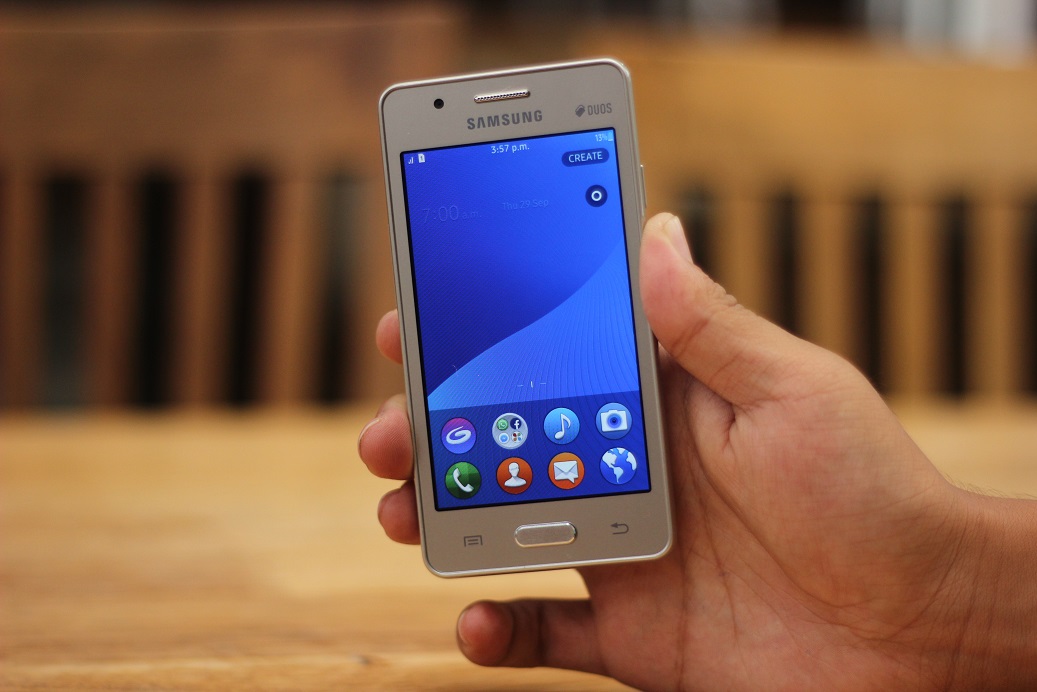
This type of screen is cheaper to manufacture and is mostly used in budget phones, feature phones, and low-end smartphones. TFT displays offer better quality and higher resolution as compared to conventional LCD displays. However, they lack wide viewing angle and the visibility is poor in the direct light or sunlight. TFT displays devour the power juices and hence are not battery friendly.
IPS (In Plane Switching) LCD
This technology was introduced by Hitachi in the mid-nineties with a view to replacing conventional Twisted Nematic (TN) display. This type of screen technology is quite advanced as compared to TFT technology. It differs to TFT screen in the matter of arrangement of liquid crystals and transistors. IPS displays have inbuilt color reproduction technology because of which more natural colors can be observed. They also offer wide viewing angle. Colour reproduction and wide viewing angle in IPS LCD is because of a proper arrangement of polarizers and crystal orientation. In addition, IPS LCD consumes low power ensuring the longevity of the battery. As the quality of the screen ascends here, the cost has also been increased abreast. So, IPS LCDs are generally installed in mid-range and high-end smartphones.
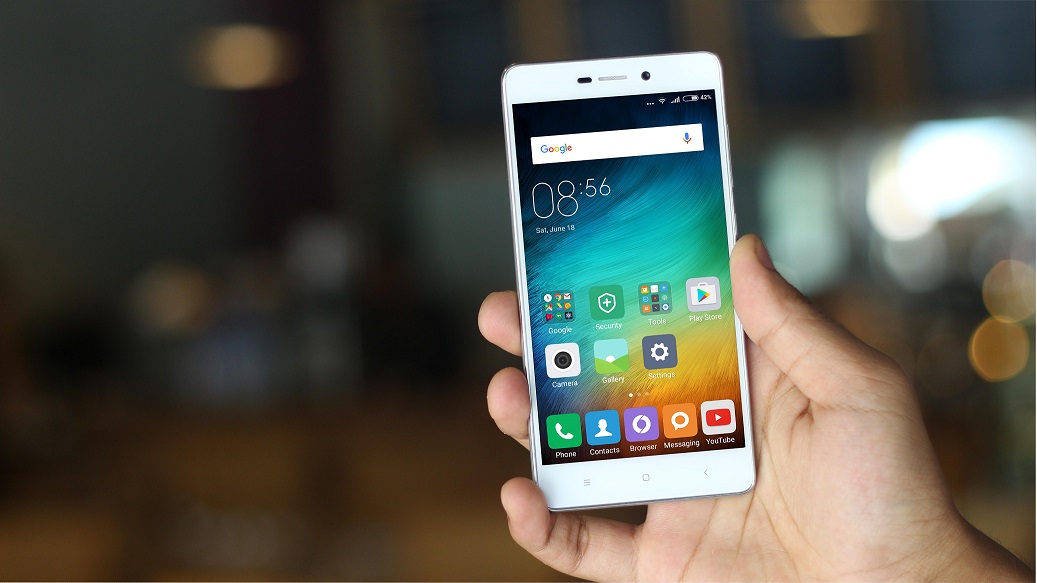
IPS-NEO LCD
Japan Display Inc. (JDI) takes the credits of the commencement of IPS-NEO LCD displays for mobile devices. IPS-NEO displays are characterized by higher contrast displays and consistent color reproduction through wide viewing angles. In NEO displays, there is no absolute loss in Image quality even viewing through different angles. The photo-alignment method used in IPS-NEO uses highly transmissive liquid crystal, traditionally regarded as difficult in mass production. Consequently, transmissivity increased around 10%, which contributed to reduced power consumption.
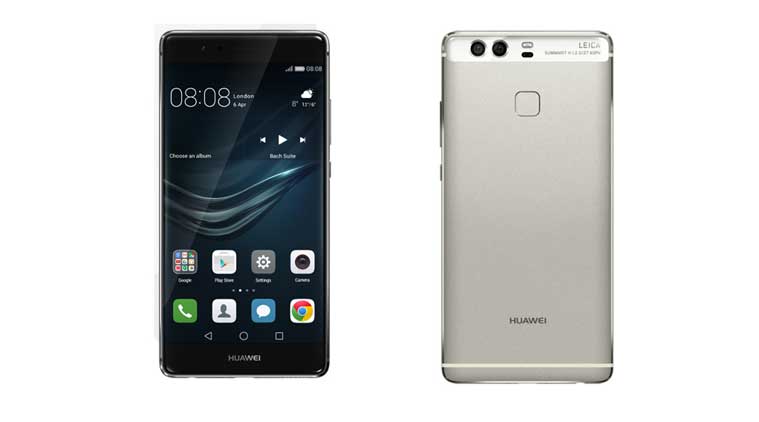
PLS (Plane to Line Switching) LCD
With the view to surpassing Hitachi’s IPS LCD screen technology, Samsung brought PLS LCD. Samsung installed PLS LCDs on its devices since with AMOLED screens there were difficulties in the past on realizing full HD resolution on mobile devices. PLS displays have similar features, specs and characteristics to the IPS displays. However, Samsung claimed that PLS displays have increased image quality, improved viewing angle, 10% increase in brightness and 15% decrease in production cost and increased flexibility as compared to IPS displays.
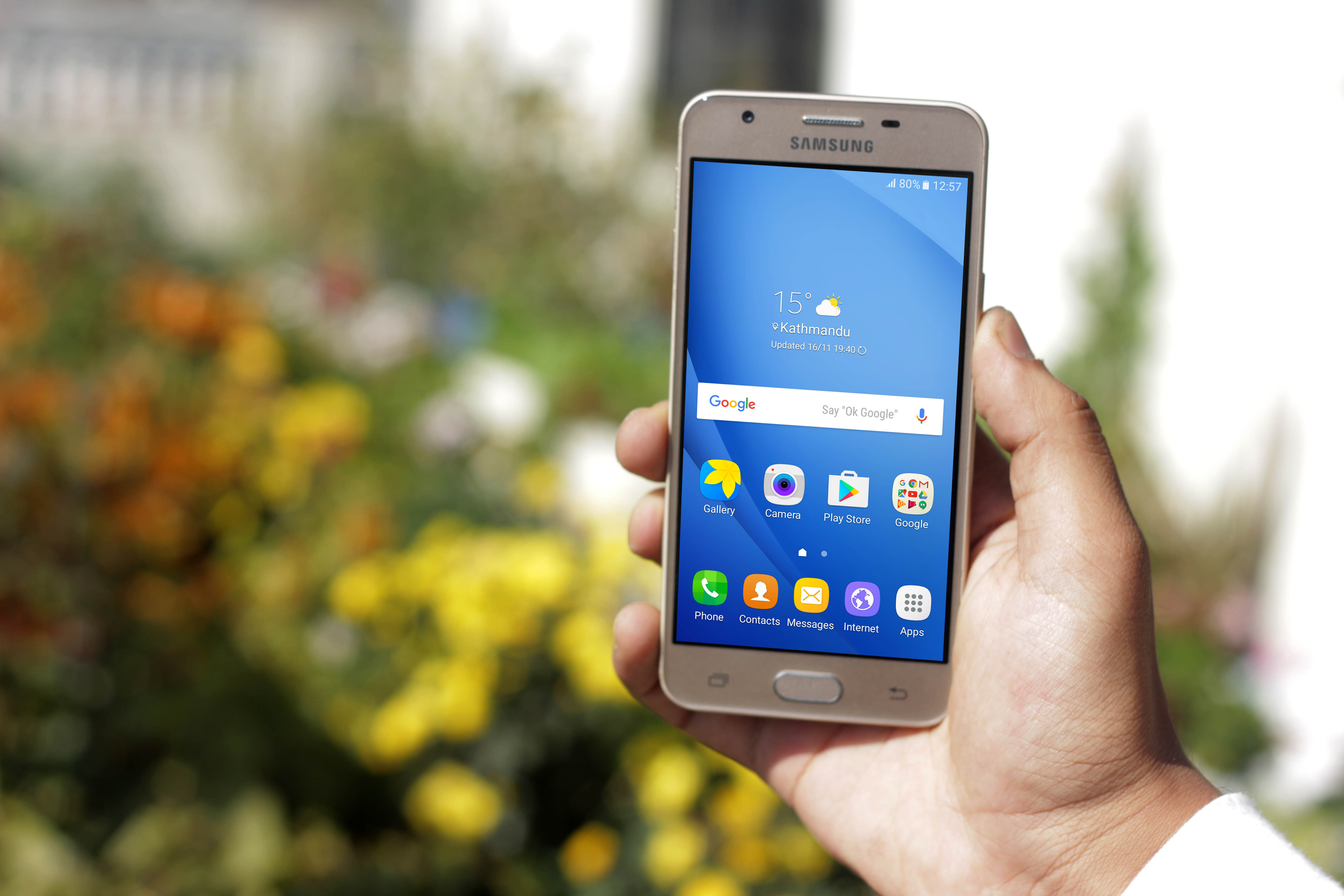
Super LCD
After the improvement in TFT LCD, super LCD or SLCD was developed. However, it could not meet the level of IPS LCD. SLCD Corporation conceived the idea of SLCD and developed it, though the HTC devices mostly use it. HTC One M7 and M8 are the practical examples of it. While installing on any smartphone, SLCD lacks the air gap between the display and the outer glass. This prevents the users from glare and makes them feel closer to the display itself. Dejected with the power consumption and visibility of TFT LCD, enhancement was done to provide low power consumption and wide-angle visibility in SLCD screen technology. It is renowned for consuming comparatively low power while displaying lighter colors like the white background found on most internet pages. SLED screens are great, yet in the comparison, IPS LCDs dominate them.
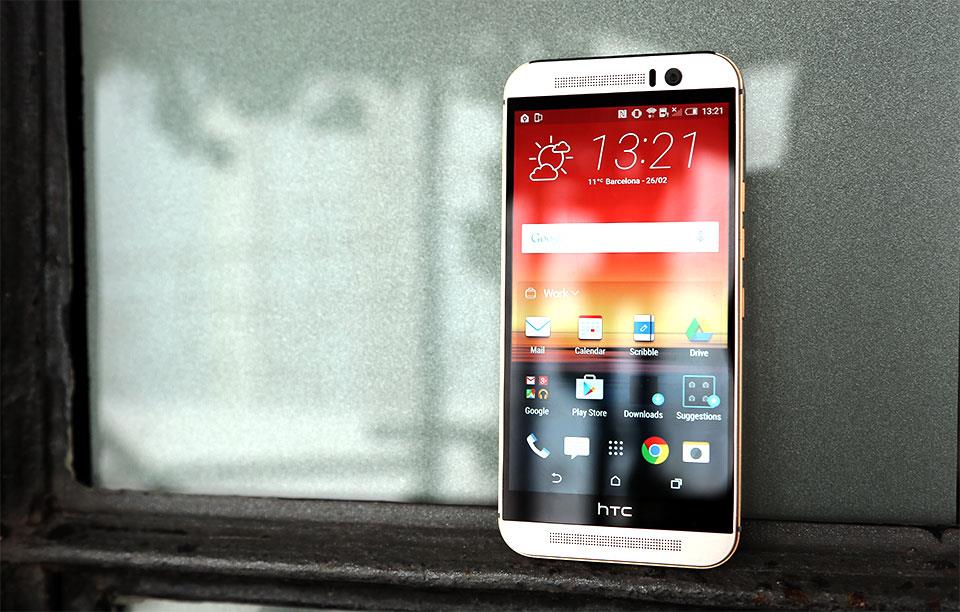
OLED (Organic Light Emitting Diode)
It is a flat light emitting technology, made by placing a series of organic thin films between two conductors. Moreover, this assembly is sandwiched between two glasses layer. The upper layer of the glass plate is called seal and the lower layer of the glass plate is called substrate.
When an electric pulse is applied between two conducting sheets, an electro-luminescent light is produced. The color, brightness, and intensity of this light depend on the amount of electric pulse applied. OLEDs do not require backlight since they are self-luminous. Because of this, they are thin, consume less power and are superior to LCD displays. Since OLEDs are self-luminous, they do not require power to display a black screen. OLEDs also have improved image quality – better contrast, higher brightness, fuller viewing angle, wider color range, and faster refresh rate. In addition, OLEDs are durable and can operate in a wider temperature range.
AMOLED (Active Matrix Organic Light Emitting Diode)
It is a hybrid display technology, which pairs the active matrix backplane from a traditional TFT display with an OLED display. In an AMOLED, the additional layer of the semiconducting film included behind the OLED panel allows it to activate each pixel more quickly. The increased speed makes it ideal for larger, higher definition displays with lots of pixels. In fact, it is as much as 1000 times faster than LCD. AMOLED is a type of OLED screen so it possesses similar attributes to OLED. Like OLEDs, AMOLEDs have brilliant color reproduction, lightweight, better battery life, higher brightness, sharpness, and lightweight designs.
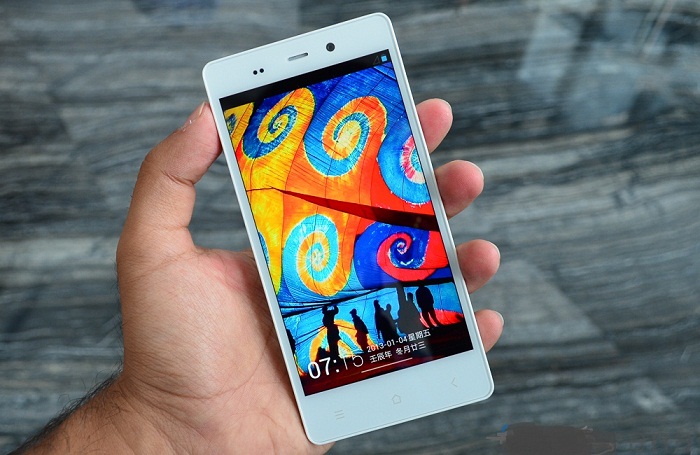
Super AMOLED display
They are the even advanced version of AMOLED developed by Samsung. In the Super AMOLED screen, Samsung has been able to integrate touch sensitivity. As a result, the screen gets thinner, lighter, more touch sensitive and less power-hungry. In addition, without that extra layer, it is also far less reflective than a typical AMOLED screen, making it easier to view in bright sunlight. Moreover, with Super AMOLED displays, the actual display and the digitizer are attached, together. It results in an enhanced viewing experience due to no air gap.
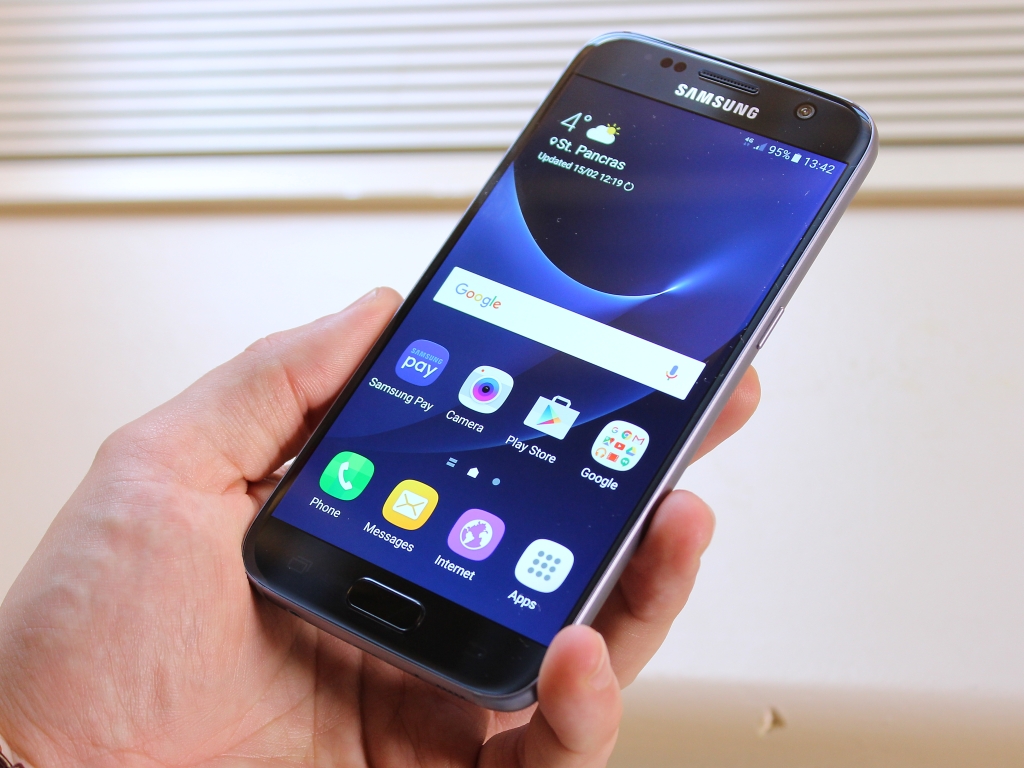
Optics AMOLED
Optics AMOLED display is used in the OnePlus 3 smartphone. Explaining about the Optic AMOLED screen, OnePlus had mentioned the following:-
“Our stunning 5.5” Optic AMOLED display produces colours that are more vivid and true-to-life than ever before. A series of custom-engineered gamma corrections create a more natural viewing experience, while a dual-polarizing layer ensures ideal clarity, even in the brightest sunlight. The end result? Deep blacks, bright whites, and authentic colour reproduction – all at a fraction of the power consumption. It’s the smarter smartphone display.”
Later, the co-founder of OnePlus Carl Pei tried to explain that an Optic AMOLED is a variant of a Super AMOLED display and the company has adjusted the color tone of the display through software changes. These changes made the Optics AMOLED screen similar to a Super AMOLED screen. However, the company has claimed the display to be extremely vibrant and appearance to be thoroughly bright when using in outside in broad daylight. In addition, the company focuses on longer battery life as well through this particular display type.
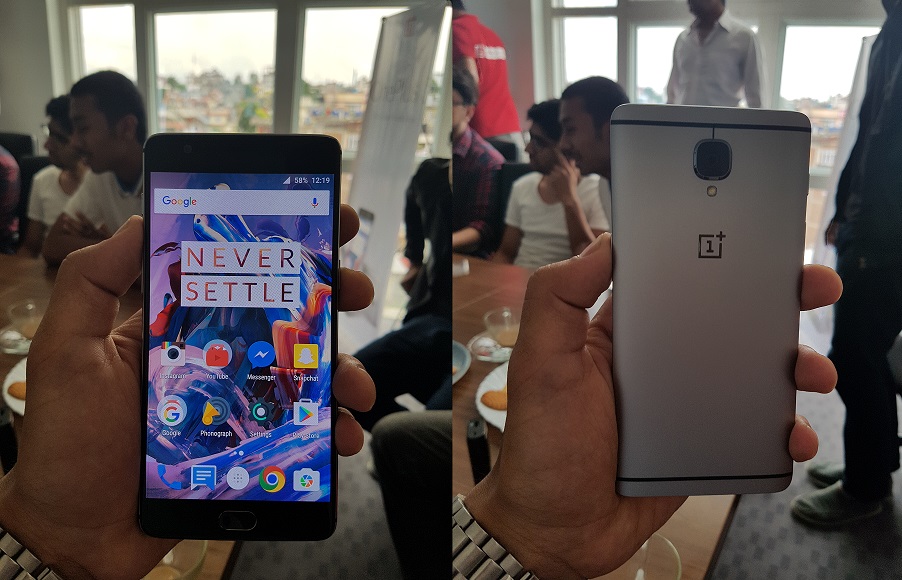
Retina display
Retina display is the marketing term used by Apple to refer the screen, which has a high pixel density of 300 PPI or above. With this pixel density, an individual will be unable to detect the pixels at a normal viewing distance. Apple converts a device’s display into Retina display by doubling the pixels vertically and horizontally. At the end, the Retina display receives four times more pixels than the non-retina counterpart does. So there is no doubt to have great screen experience being with the Retina display. With the passage of time, other smartphones have upgraded their pixel density to 500 PPI and above. However, iPhone has not made such improvements. From the manufacture of iPhone 4 to iPhone 7, the pixel density on the screen remains consistent with the magic number 326 per inch.
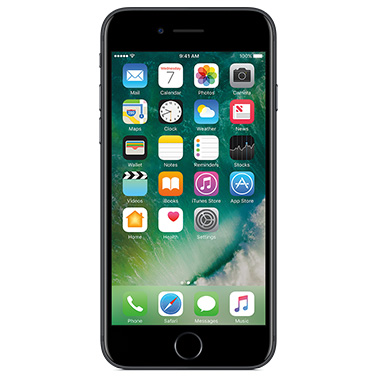
















![Best Ultrabooks To Buy in Nepal 2024 [Updated] Best Ultrabook Laptops in Nepal 2023 - June Update](https://cdn.gadgetbytenepal.com/wp-content/uploads/2023/04/Best-Ultrabook-Laptops-in-Nepal-2023-June-Update.jpg)
![Best Gaming Laptops in Nepal 2024 [Updated] Best Gaming Laptops in Nepal 2023 - June Update](https://cdn.gadgetbytenepal.com/wp-content/uploads/2023/04/Best-Gaming-Laptops-in-Nepal-2023-June-Update.jpg)


![Best Mobile Phones Under Rs. 15,000 in Nepal [Updated] Best Phones Under 15000 in Nepal 2024 Budget Smartphones Cheap Affordable](https://cdn.gadgetbytenepal.com/wp-content/uploads/2024/03/Best-Phones-Under-15000-in-Nepal-2024.jpg)
![Best Mobile Phones Under Rs. 20,000 in Nepal [Updated] Best Mobile Phones Under NPR 20000 in Nepal 2023 Updated Samsung Xiaomi Redmi POCO Realme Narzo Benco](https://cdn.gadgetbytenepal.com/wp-content/uploads/2024/01/Best-Phones-Under-20000-in-Nepal-2024.jpg)
![Best Mobile Phones Under Rs. 30,000 in Nepal [Updated]](https://cdn.gadgetbytenepal.com/wp-content/uploads/2023/12/Best-Phones-Under-30000-in-Nepal-2024.jpg)
![Best Mobile Phones Under Rs. 40,000 in Nepal [Updated] Best Phones Under 40000 in Nepal 2024 Smartphones Mobile Midrange](https://cdn.gadgetbytenepal.com/wp-content/uploads/2024/02/Best-Phones-Under-40000-in-Nepal-2024.jpg)
![Best Mobile Phones Under Rs. 50,000 in Nepal [Updated] Best Phones Under 50000 in Nepal 2024 Smartphones Midrange](https://cdn.gadgetbytenepal.com/wp-content/uploads/2024/02/Best-Phones-Under-50000-in-Nepal-2024.jpg)
![Best Flagship Smartphones To Buy In Nepal [Updated] Best Smartphones in Nepal 2024 Flagship Premium Samsung Apple iPhone Xiaomi OnePlus Honor](https://cdn.gadgetbytenepal.com/wp-content/uploads/2023/09/Best-Smartphones-in-Nepal-2024.jpg)